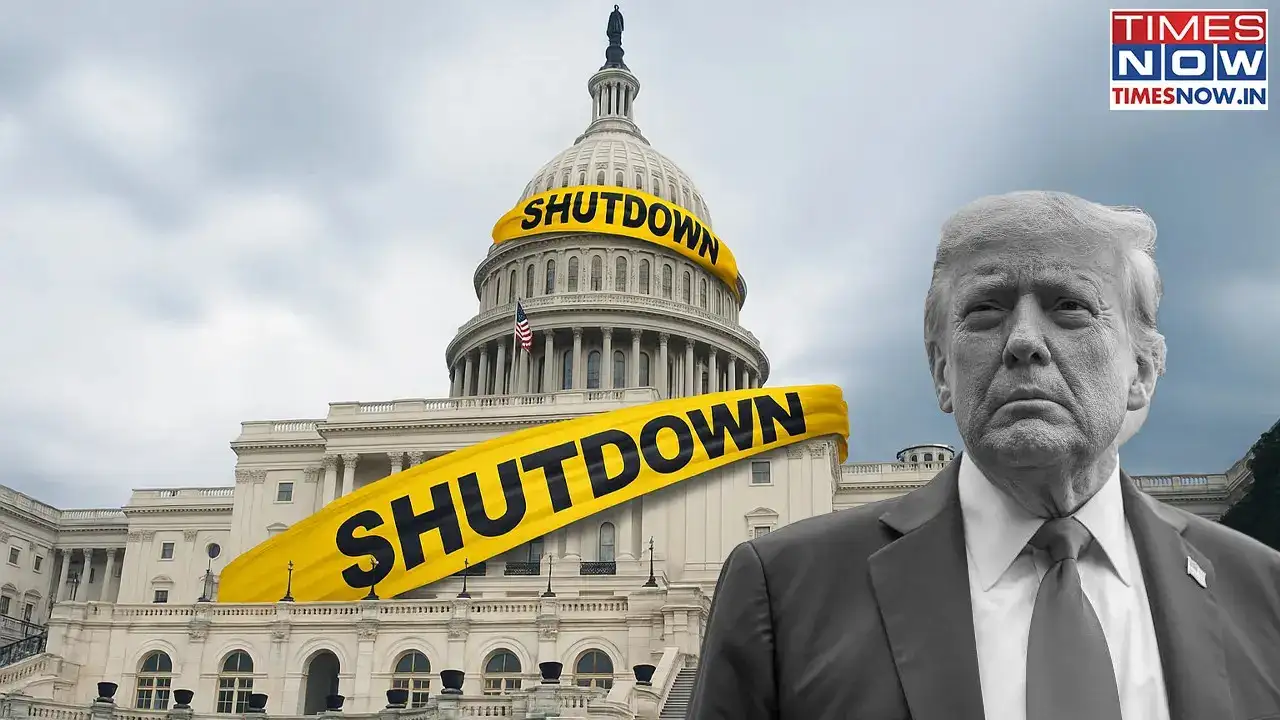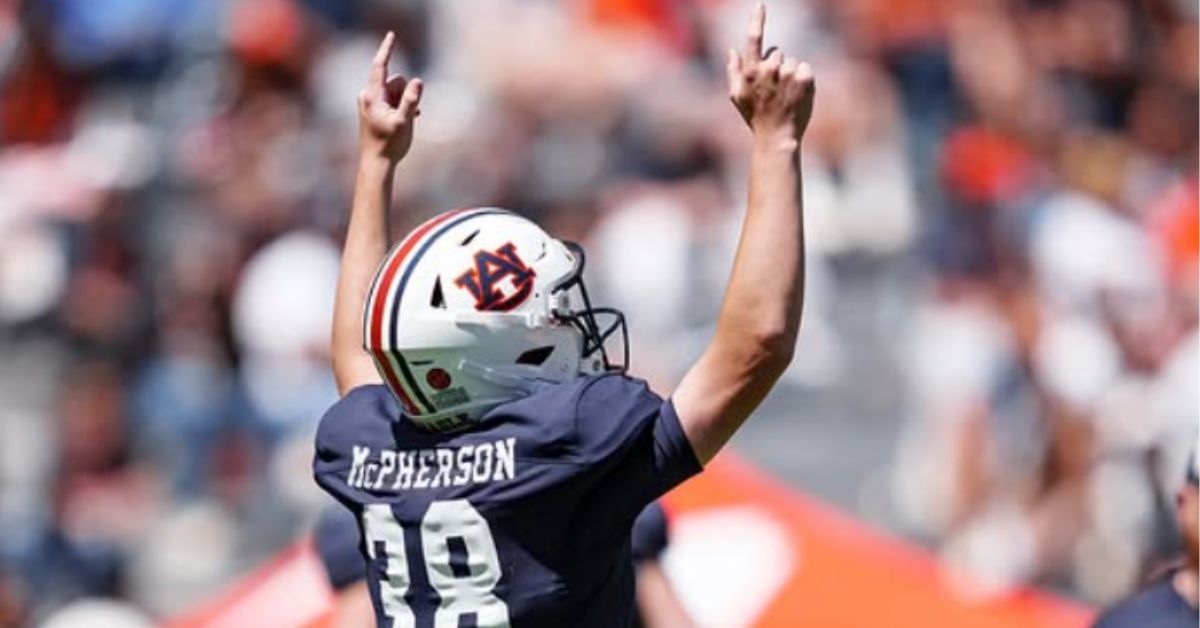By Megha Rawat
Copyright timesnownews

The US government has officially entered a shutdown after Senate Democrats blocked a Republican stopgap funding bill that failed to meet their demands. During a government shutdown, non-essential federal employees may be furloughed, meaning they must take unpaid leave. In the last full shutdown in 2013, about 850,000 workers were affected, according to the Committee for a Responsible Federal Budget. The US has over two million civilian federal employees. While furloughed workers are guaranteed back pay once the shutdown ends, federal contractors typically do not receive back pay. The shutdown comes after a deadlock between Republicans and Democrats over Medicaid cuts in Trump’s latest funding proposal, dubbed the “Big Beautiful Bill.” Democrats are demanding a reversal of the Medicaid reductions and an extension of the tax credit on health insurance premiums to make coverage more affordable, but Republicans have refused to budge. Also Read: US Government Shutdown Begins: What It Means for Air and Rail Travel The stalemate takes the US back to seven years ago during Trump’s first term, when the previous government shutdown lasted 35 days before the President relented. At that time, Trump had sought Senate approval for funding to build the US-Mexico border wall, which the Senate declined to pass. But How Will A Government Shutdown End? According to an FAQ sheet on the impending shutdown published on the official website of the US House Representative, Ami Bera of California’s 6th congressional district, the shutdown will end when the Senate is able to pass an appropriation bill. “To end a government shutdown, Congress needs to pass, and the President must sign appropriations bills to fund the departments and agencies that have been shut down. The President does not have the power to end a shutdown unilaterally. The funding bills follow the same legislative process as any other bill, requiring approval from both the House and Senate before the President can sign them into law,” read the FAQ sheet. Notably, even with a Republican majority in the Senate, GOP leaders need at least eight Democratic votes to pass any funding measure due to procedural rules and opposition from GOP Senator Rand Paul of Kentucky. Get Latest News Live on Times Now along with Breaking News and Top Headlines from US News and around the World.



